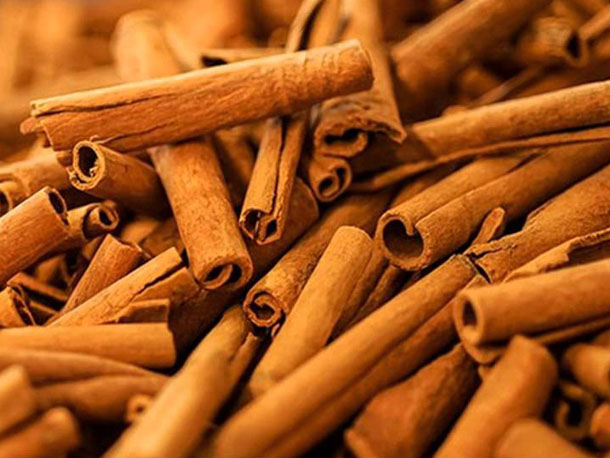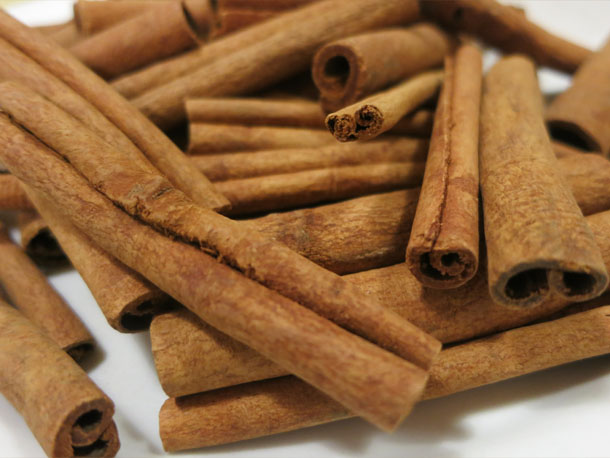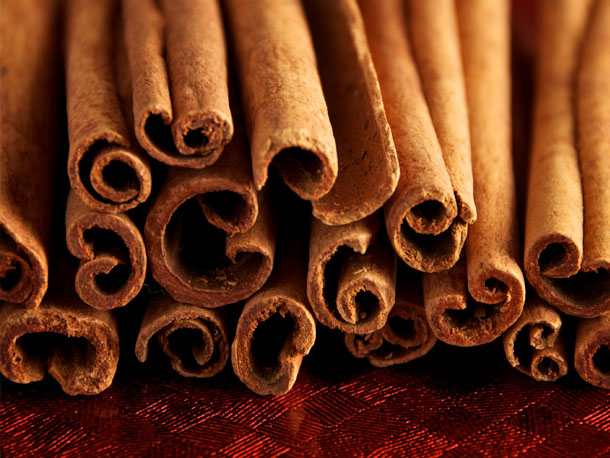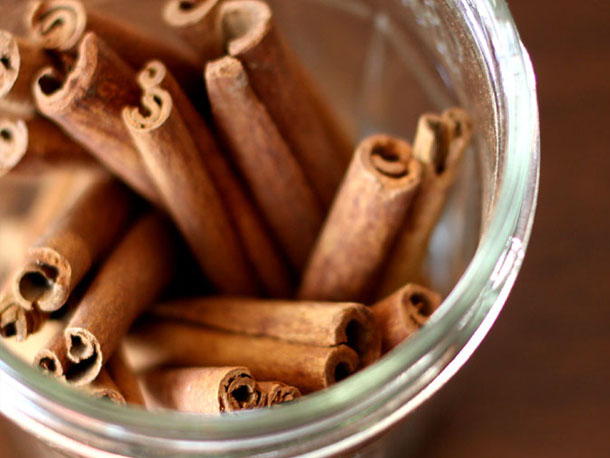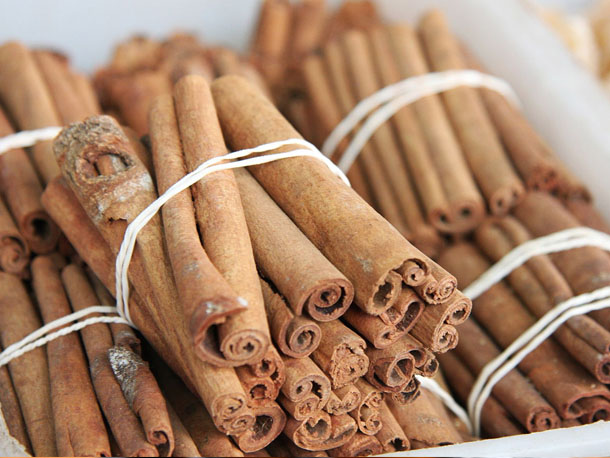Cassia and cinnamon markets holding firm
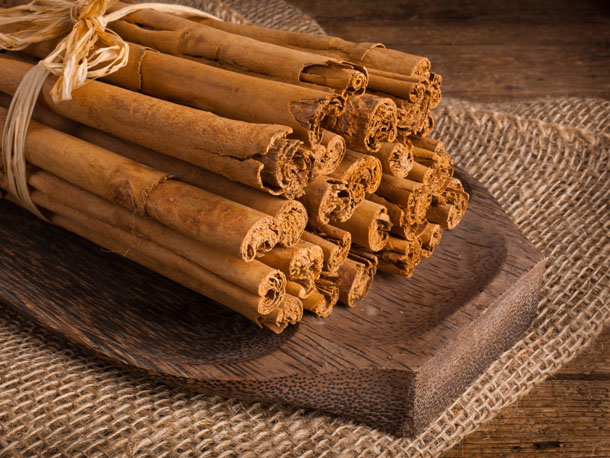
International cassia and cinnamon prices remain on the firm side due to lower output and increasing demand.
Albert Berisa of Rotterdam trader Catz International told that he had seen increases of around USD1,000 per tonne on Indonesian cassia prices since this August. This was mainly due to lower production in this origin, he observed. Cinnamon prices in Sri Lanka and Madagascar had also shown strong gains.
Indonesian KBBC cassia was indicated around USD2,700/tonne c&f EMP and KABC around USD3,000/tonne c&f EMP.
Prices database lists, amongst other categories, Corintji A cassia sticks at USD2,700/tonne cif northwest Europe and Vera A sticks at USD2,800 cif northwest Europe.
Another trade price indication put Indonesian cassia sticks as high as USD4,000/tonne c&f EMP. Sri Lankan cinnamon sticks were said to be around USD12,000/tonne c&f EMP.
Marco Van der Does of Van der Does Spices said it was not surprising to see prices edge upwards as this time of year is typically a period of higher demand. Hence, September and October shipments are always expensive. However, he added that he expects some pricing relief ahead as stocks are filled for the coming months, which will take away some demand.
“Most people have bought what they need, especially as this is a really a Christmas item and winter dish etc. I reckon that most importing countries have sufficient stocks at the moment. Locally the prices will not go down all of a sudden, but in origin, after they are getting some reduced demand in the coming weeks and months, it is likely you will see that reflected in the prices,” Van der Does said.
Contrasting somewhat with this viewpoint, Berisa stated: “This is not a short term price increase. It is generally expected that this increase might last for a longer time and that the price will remain on a high level for the months and maybe even the years to come. The cassia and cinnamon production is becoming smaller and demand is increasing each year from various consuming countries – not only the western part of the world but also Asian countries. Also, the younger generation is less interested in being involved in the production of cassia or cinnamon.”
Both spices are labour intensive and the global farming community on spices in general is dwindling as long-established farmers find that their offspring do not want to follow their footsteps into farming, preferring instead to venture into more lucrative office roles.
Berisa suggested that some firms in India and other Asian countries might decide to establish their own production facilities for cassia and/or cinnamon in Indonesia or Vietnam, but this will not be enough to bring the global volumes back to historical peaks. “So for the time being, prices are expected to remain on a higher level,” he added.
Berisa observed that at this time of year there is more rain in Indonesia than during the summer months, which means that the drying of the cassia is taking longer and shipments are being delayed, lending fuel to current prices.
Van der Does said he had seen no adverse weather reports from Indonesia of late, but Vietnam was suffering extreme weather which was impacting its cassia output.
Berisa also viewed Madagascar’s production of cinnamon as lessening and this origin has also suffered rain delays to drying of the spice.
Sri Lanka is also facing a decline in output. This origin has been selling its high quality cinnamon to Mexico.

